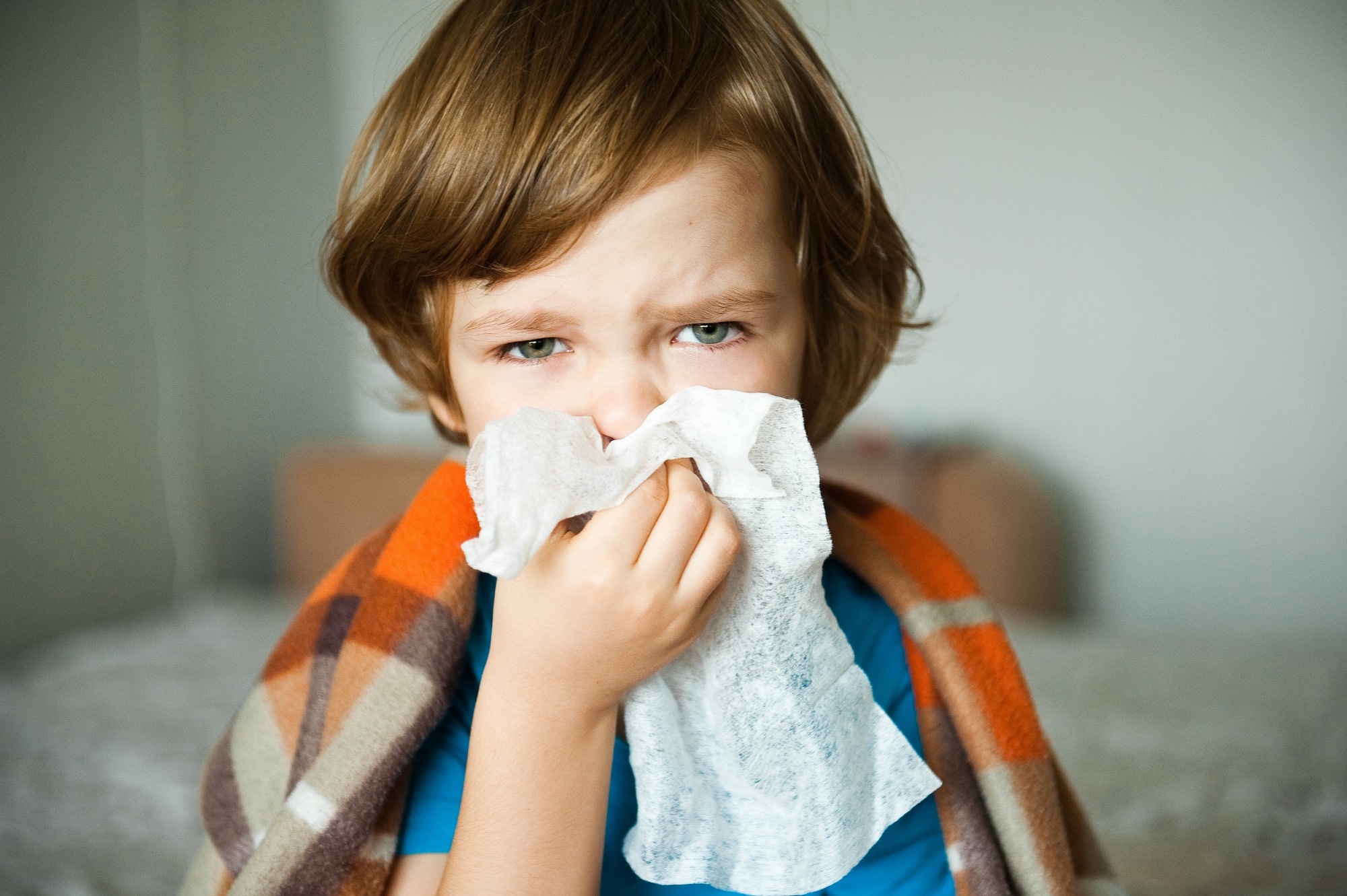In a recent study published in the Proceedings of the National Academy of Sciences, researchers assessed the association between cross-reactive severe acute respiratory syndrome coronavirus 2 (SARS-CoV-2) CD4+ T cells generation and age.
Since immunological reactions against SARS-CoV-2 have been found in samples collected prior to the coronavirus disease 2019 (COVID-19) pandemic, the clinical significance of pre-existing SARS-CoV-2-reactive T cells is widely discussed. However, it is still unknown whether age affects the functional potential of these cross-reactive T cells. Along with SARS-CoV-2-specific memory (m) CD4+ T cells, studies have also found a correlation between cross-reactive memory CD4+ T cells as well as recent human CoV (hCoV) infection with decreased COVID-19 severity. In the present study, the researchers hypothesized that the functional quality of pre-existing SARS-CoV-2-reactive T cells could affect their potential benefits with respect to age.
 Study: Functional SARS-CoV-2 cross-reactive CD4+ T cells established in early childhood decline with age. Image Credit: mamaza / Shutterstock
Study: Functional SARS-CoV-2 cross-reactive CD4+ T cells established in early childhood decline with age. Image Credit: mamaza / Shutterstock
About the study
In the present study, researchers examined HCoV-OC43-specific and preexisting SARS-CoV-2 immune responses. The HCoV-OC43 is a common human coronavirus that causes mild to moderate respiratory illnesses such as colds and bronchitis.
To explore the connection between seasonal SARS-CoV-2-reactive and OC43-specific T-cell responses, the team obtained pre- and post-COVID-19 pandemic blood specimens from SARS-CoV-2-seronegative, unvaccinated volunteers until October 2020. Using peptide megapools, T-cell responses elicited against the OC43 and viral membrane (M), nucleocapsid (N), and spike (S) regions were examined. Next, the researchers examined whether antigen-specific mCD4+ T cell responses had comparable functional characteristics. The features of mCD4+ T cells were analyzed by evaluating the expression associated with functional markers, including interferon (IFN)-gamma, interleukin (IL)-2, tumor necrosis factor (TNF), granzyme B (GzmB), and CD107a.
The team divided the SARS-CoV-2 seronegative individuals into two cohorts depending on age as adults aged less than 60 years and 60 years or more. Next, the cellular and humoral immunity reported by a pre-pandemic group of children consisting of matched samples at ages two and six years were compared to that of adults aged less than 60 years. The team assessed the phenotypic and functional characteristics of the respective CD4+ memory T cells varying with age from early childhood until late adulthood.
Results
FluoroSpot and activation-induced marker (AIM) tests detected OC43-specific T cell responses against SARS-CoV-2 N and S proteins, although M-specific responses were of much lower magnitudes. The majority of SARS-CoV-2-reactive T cell responses were directed against the S region, while responses elicited against the M and N regions were of remarkably lower magnitudes. Using the simultaneous mapping involving individual T cell responses against SARS-CoV-2 and OC43, a total of 56 previously undescribed immunogenic peptides were noted throughout the N, M, and S proteins of OC43.
Antibody levels elicited against OC43, Epstein-Barr virus (EBV), rhinovirus, influenza virus, and other HCoVs were comparable across all patients, as were T-cell responses reported against the cytomegalovirus (CMV) and CMV, EBV, and flu (CEF) peptide pools. In adults aged 60 years and over, the magnitudes associated with the OC43-specific mCD4+ T cells in response to the N and S regions were significantly reduced, although the lower frequency noted for SARS-CoV-2-reactive mCD4+ T cells displayed no statistical significance.
The team also observed that the majority of children had acquired antibodies against OC43 by the age of two years, and there were no statistically important variations between the extent of the OC43 humoral response at the age of two and six years and during adulthood. Humoral responses observed against rhinovirus and beta-coronavirus HKU1 increased significantly from age two years to adulthood, whereas responses against alpha-coronaviruses improved remarkably between the ages of two and six years and between the age of six years and adulthood. A similar trend was also noted for the humoral responses against the control antigens influenza and EBV.
Between the ages of two and six years, the ability of OC43 S-specific mCD4+ T cells to generate IL-2, IFN-Ɣ, and TNF increased significantly. Simultaneously, the team noted that the high levels of CD38 expression observed at age two also reduced. The median CD38 expression levels in six-year-olds against OC43 S and N, and SARS-CoV-2 S were still more significant than those of adults. From childhood to adulthood, the expression of CD226, an activating receptor, rose. At the same time, that of T-cell immunoreceptor with immunoglobulin G and immunoreceptor tyrosine-based inhibitory motif domain (TIGIT), its inhibitory counterpart, declined.
The number of donors having mCD4+ T cells that responded to SARS-CoV-2 and OC43 S and/or N proteins declined considerably between those aged six years and 60 years and above. Furthermore, reactions against SARS-CoV-2 decreased significantly between those aged six years and 60 years and above. The team also discovered an inverse association between the frequency of OC43 N- and S-specific mCD4+ T cells and age in all samples obtained from subjects aged six years throughout adulthood.
Conclusion
The study findings demonstrated that many two-year-olds have highly functioning mCD4+ T cells that effectively cross-recognized SARS-CoV-2. These T-cells were distinguished by their high CD38 levels and absence of co-inhibitory molecules. The functional capacities and frequencies of such pre-existing T-cell immunity declined after the age of six years, particularly in older persons. Across all age cohorts, the functional capability of cross-reactive SARS-CoV-2 immunity in response to the S-region was strongly correlated with simultaneously defined OC43-specific mCD4+ T cell responses. The researchers believe these findings will prove significant for COVID-19 and immunization outcomes and other diseases elicited by existing and future viruses.
Journal reference:
- Functional SARS-CoV-2 cross-reactive CD4+ T cells established in early childhood decline with age, Humbert, Marion; Olofsson, Anna; Wullimann, David; Niessl, Julia; Hodcroft, Emma B.; Cai, Curtis; Gao, Yu; Sohlberg, Ebba; et. Al, 2023/03/21, Proceedings of the National Academy of Sciences, DOI: https://doi.org/10.1073/pnas.2220320120, https://www.pnas.org/doi/10.1073/pnas.2220320120